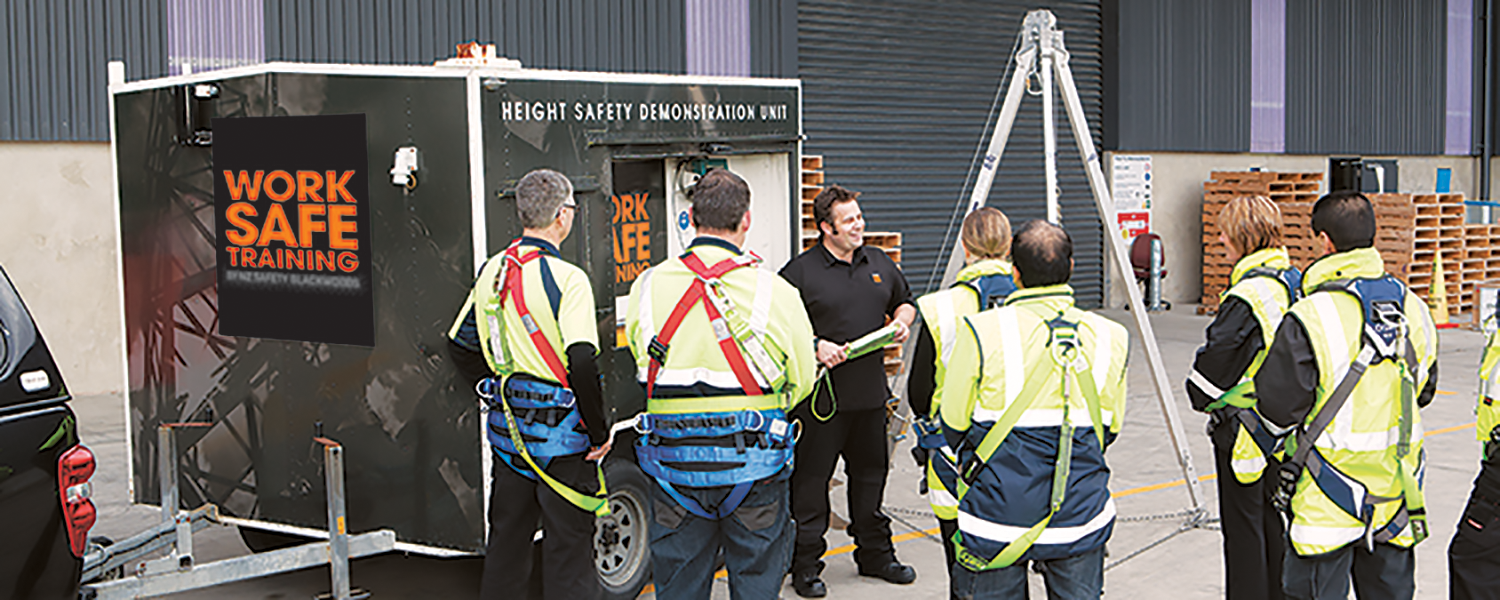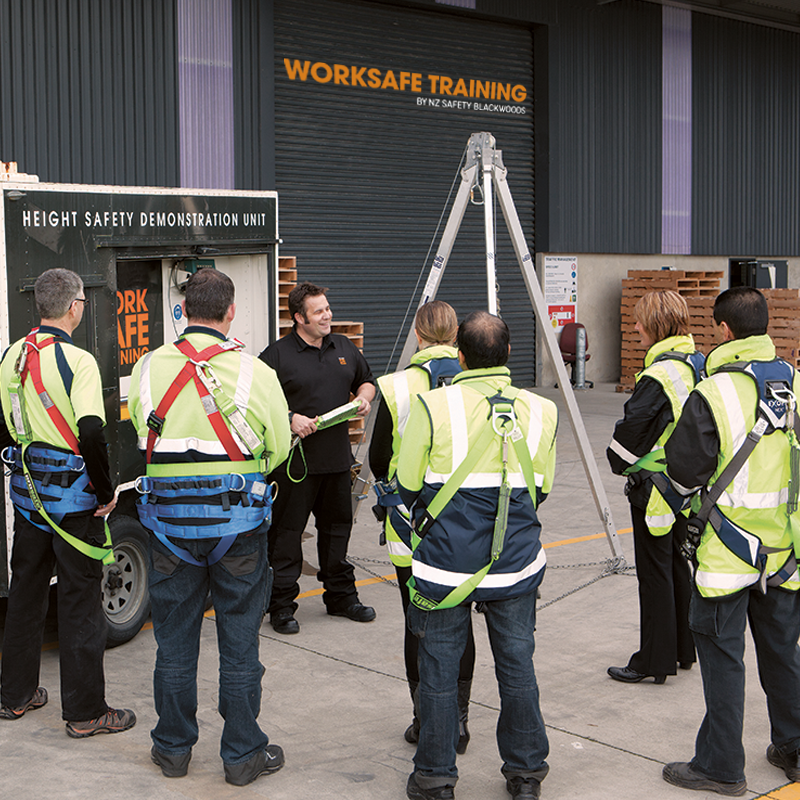With shorter daylight hours and changeable weather conditions, it’s a good time to re-evaluate how safe your worksite is. In recent years, the introduction of more comprehensive health and safety legislation, advances in technology and design of personal protective equipment, and increased awareness around health and safety procedures have gone a long way towards improving health and safety in New Zealand workplaces. But despite these measures, many sites still lose time and money as a result of health and safety incidents.
Many of these incidents could have been easily avoided if staff had been competently trained to use safety equipment and follow applicable procedures. While many people employed in a health and safety role are trained, it is critical that all employees, from frontline staff to company owners, receive appropriate training and are vigilant in looking out not only for themselves but for all who work and visit the site.
- A safe team is a seen team
One of the most crucial but least visible occupational safety issues facing the workforce today is high visibility apparel which doesn’t meet the necessary standards because it is past its use-by date. How’s the state of your team’s PPE? Faded, tired? Reflective panels and bright fluorescent colours assist all in being ‘seen’ and comply with regulatory standards. To find out more, you can download a copy of the High Visibility Safety Standard AS/NZS 4602.1:2011 at www.standards.co.nz
-
Light the way
There are some great lighting options available on the market that assist in visibility on-site. Lighting can not only assist in safer practices but also increase productivity and efficiency. There are many options to suit from battery powered to corded – it’s important that your lighting sources are fit for purpose and environment. -
Follow the signs to a safer site
A safe site is well lit and signposted. Hazard signage/ tapes and traffic management tools such as cones, expandable barriers, fencing, speed humps, mirrors and barrier units give your team the control to cover flow and enforce safe practice protocols and minimise the risk of injury to workers and visitors. -
Working at height
According to MBIE, more than 50 per cent of falls are from less than three metres, and approximately 70 per cent of falls are from ladders and roofs - a prevalence appears to occur on residential building sites. Measures introduced in 1992 (the HSE Act) sets out the performance required of duty holders. Worksafe steps through each of the scenarios with practicable guidelines to help you and your team keep safe when working at height. Working at Height training is also available and is offered by NZ Safety Blackwoods Workplace Training programme.
NZ Safety Blackwoods has partnered with businesses across New Zealand for over 70 years, helping their customers with a range of requirements; from training to apparel, office supplies to first aid, signs and more. Visit www.nzsafetyblackwoods.co.nz and discover how they can help you have a safer site this winter.
A typical n3 member saves 25% with NZ Safety Blackwoods.



